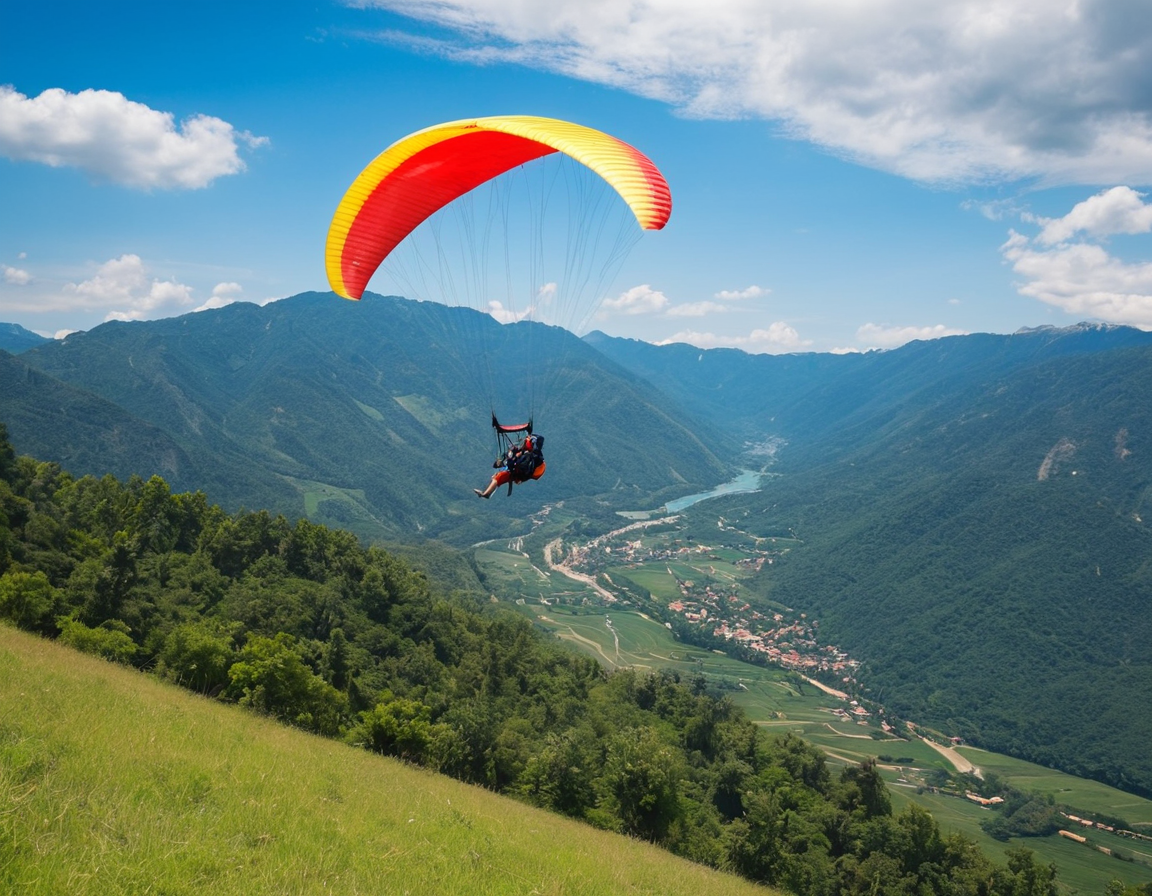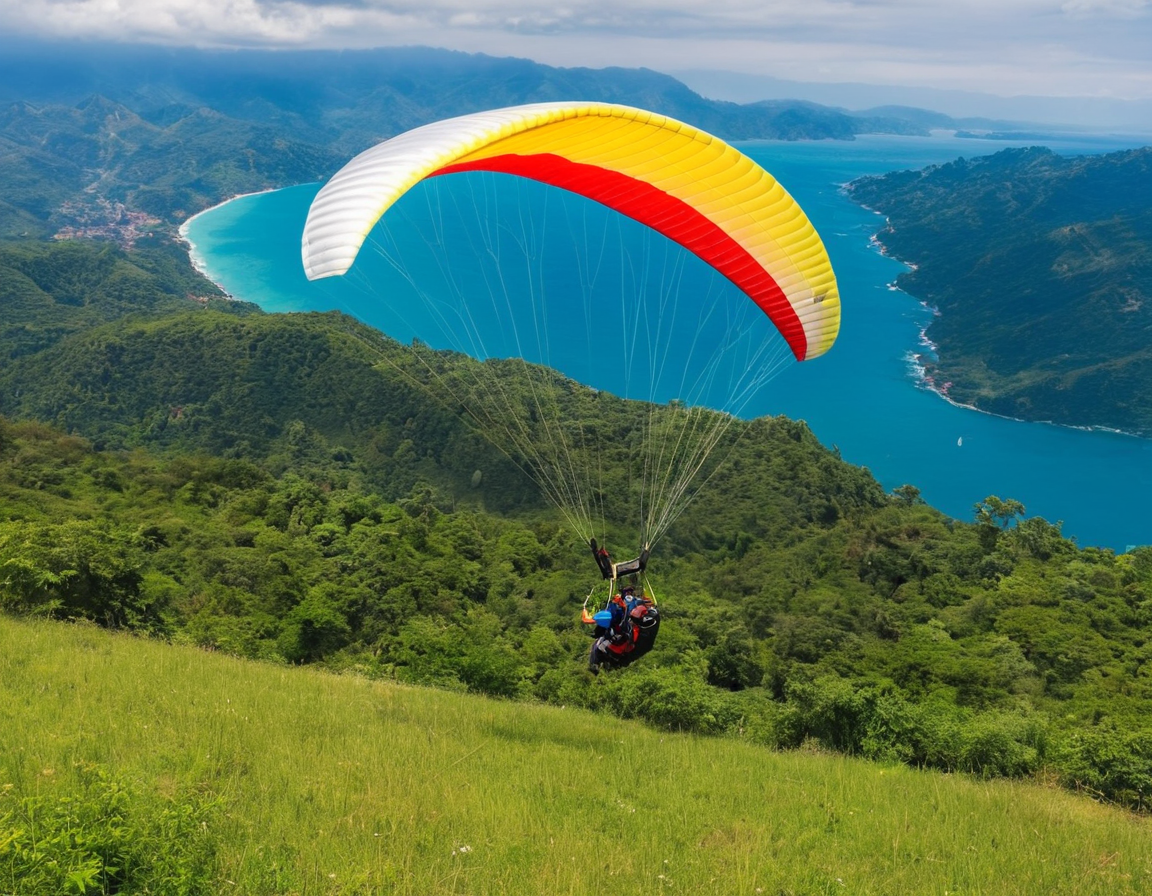: Paragliding: Soaring Through Nature’s Beauty with Safety in Mind

Paragliding is a thrilling adventure sport that combines adrenaline-pumping excitement with an appreciation for nature’s breathtaking beauty. This exhilarating activity involves piloting a small parachute, or “paraglider,” under the influence of thermals and ridges to stay aloft in the sky. From soaring mountains to scenic coastlines, paragliding offers unparalleled views that will leave you spellbound. However, safety is paramount when it comes to this exhilarating sport. Here are some crucial guidelines for a safe and memorable paragliding experience. Learn more about Paragliding
1. Choose the Right Equipment: Paragliders come in various sizes and shapes designed for different skill levels, flying conditions, and terrain types. Consult with experienced pilots or certified instructors before selecting your equipment to ensure it is suited to your abilities and the specific location where you plan to paraglide. Regular maintenance checks are also essential to avoid potential accidents due to malfunctions.
2. Get Proper Training: Paragliding can be dangerous if not done correctly, so proper training is crucial. Beginners should enroll in a certified course offered by reputable schools or clubs. These courses will teach you the basics of paragliding, such as how to control your paraglider, interpret weather conditions, and handle emergencies.
3. Check Weather Conditions: Familiarize yourself with local weather patterns before embarking on a flight. Paraglide only when the weather is favorable for safe flying. Strong winds or turbulent air can make it challenging to maintain control of your paraglider and increase the risk of accidents.
Learn more about Soaring
4. Fly with an Experienced Pilot: For beginners, it’s highly recommended that you fly with a more experienced pilot. They will provide guidance on how to navigate various flying conditions and assist in handling any emergencies that may arise during your flight.
5. Maintain Communication: Always ensure clear communication between yourself and the ground crew or fellow pilots before, during, and after your flights. This can include informing them of your planned take-off/landing zones and staying updated on any changing weather conditions that could impact safety.
6. Respect Nature’s Environment: Paragliding offers a unique opportunity to experience nature up close. Always follow “Leave No Trace” principles, ensuring you leave the environment as pristine as when you arrived. Additionally, avoid flying over sensitive ecosystems or wildlife habitats to minimize disturbances and respect their natural balance.
7. Stay Insured: Accidents can happen even to experienced pilots. Obtain proper liability insurance before embarking on any paragliding adventures. This will help mitigate financial risks in case of an accidental mishap during your flight.
By following these guidelines, you can ensure a safe and unforgettable paragliding experience. Remember to always prioritize safety first when planning your adventure. With the right equipment, training, communication, and respect for nature’s beauty, your journey will be one filled with exhilarating encounters and breathtaking views that leave a lasting impression on both heart and mind.
Keywords: paragliding, safety, equipment, training, weather conditions, experienced pilot, communication, environment, insurance. Learn more about Through

